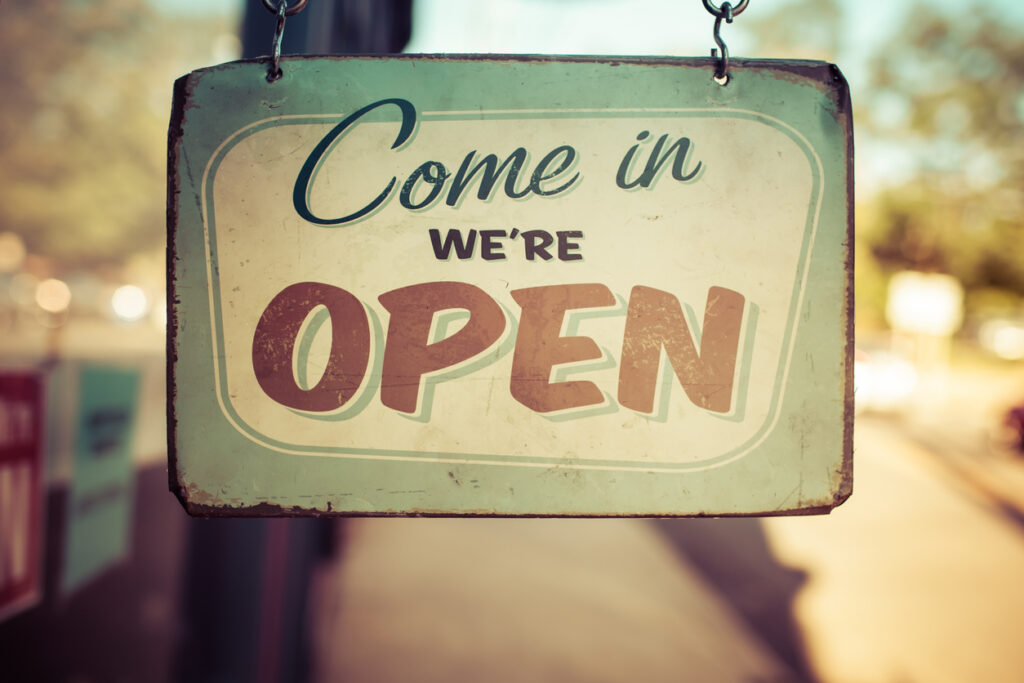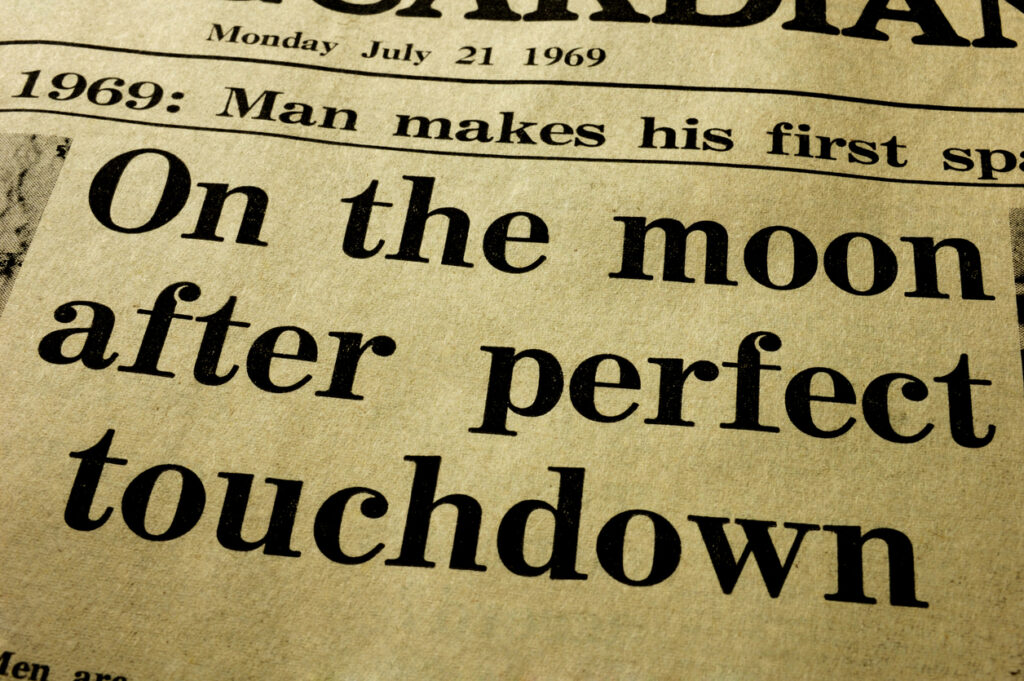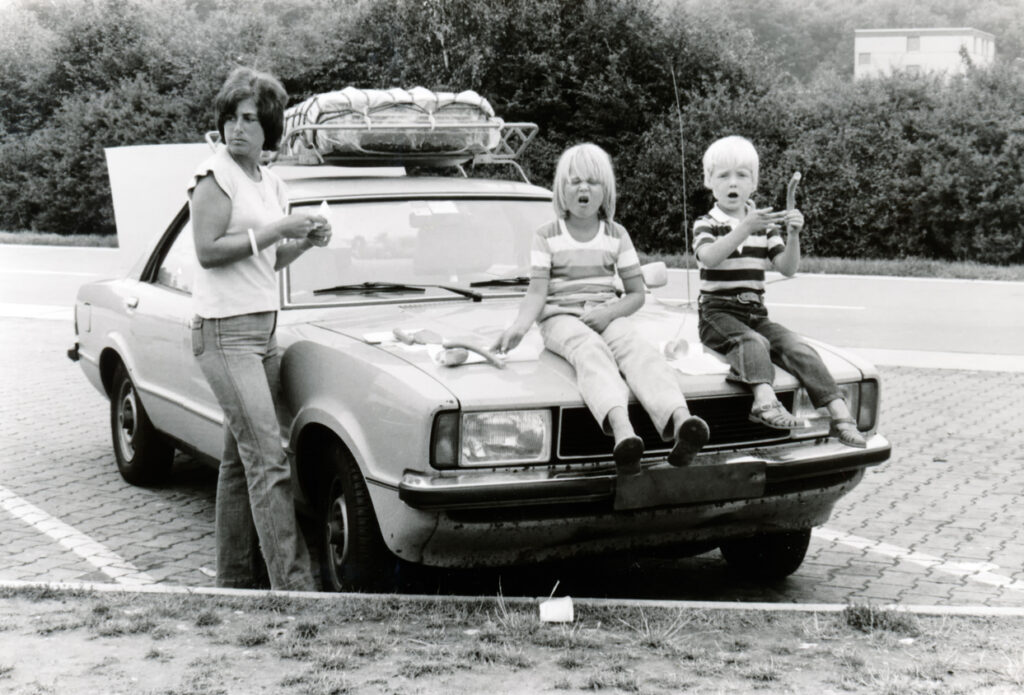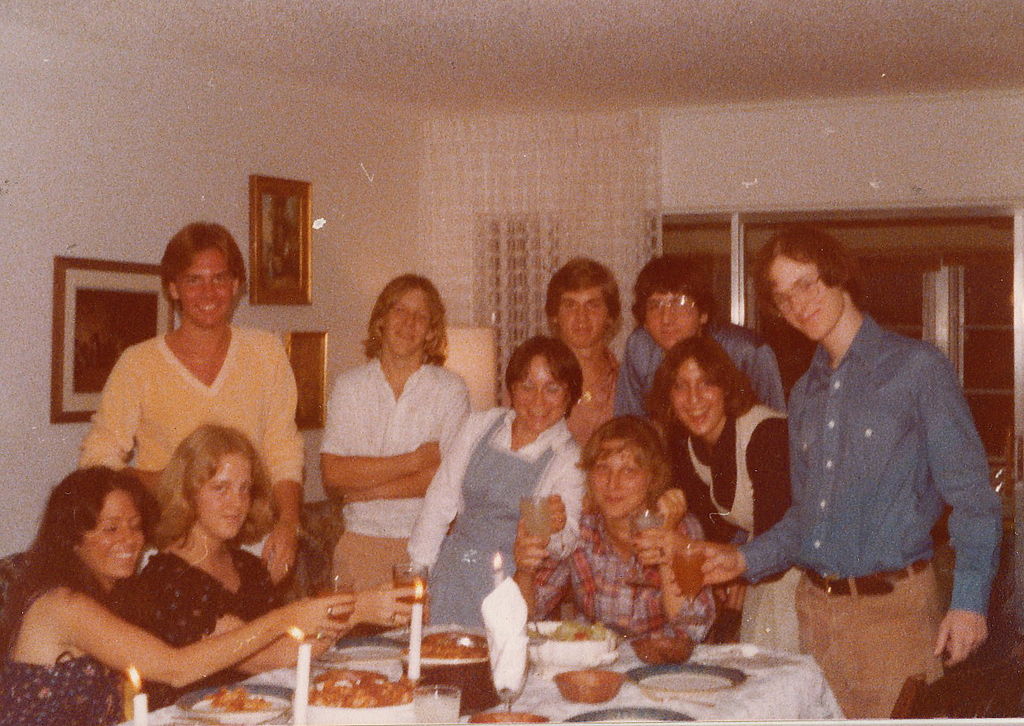Reflecting on the ‘good old days’ through a modern lens.

Ask any Baby Boomer, and they’ll tell you life was simpler when they were kids. They reminisce about carefree days of playing outside until the streetlights came on, handwritten letters over buzzing smartphones, and the comfort of familiar routines. There’s a nostalgic charm to the idea of a world with fewer choices and slower paces. But as with any memory, time has a way of softening the edges.
While some aspects of the past did offer simplicity, it’s worth examining whether life was genuinely easier—or if that simplicity came with its own set of hidden challenges. By peeling back the curtain on what Boomers loved most about growing up, we might find that a “simpler” life wasn’t always as rosy as it seems through the lens of nostalgia. So, let’s look at 12 ways Boomers claim life was simpler and whether it was all that easy.
1. Kids roamed freely without parental supervision.

Boomers love to tell stories of their free-range childhoods, where kids played outside from morning until the streetlights came on. They’d wander neighborhoods, build forts, and find adventure without a parent in sight. This sense of freedom built independence and resilience, teaching kids how to navigate the world on their own terms. The neighborhood itself acted as a safety net, with watchful eyes from familiar faces who’d step in if needed. It was a kind of carefree living that many parents today might find hard to imagine.
But this freedom wasn’t without risks. Without supervision, kids were more vulnerable to accidents, bullying, or getting into genuinely dangerous situations. Parents didn’t always know where their kids were or who they were with, which could lead to real dangers going unnoticed. Today’s more structured and supervised approach to parenting offers safety and support but often at the cost of the freedom Boomers fondly remember, according to research by Dr. Peter Gray of Boston College.
2. Families gathered for dinner every night.

Sitting down for a meal together was a nightly ritual in many Boomer households. Dinner wasn’t just about eating—it was a time to connect, share stories, and reinforce family values. The absence of screens and busy schedules meant conversations were more meaningful. Boomers often credit these shared meals with fostering strong family bonds and creating a sense of stability and routine. The dinner table was a cornerstone of family life, offering a predictable and comforting end to each day.
In fact, research from Daniel Cox at the American Enterprise Institute’s Survey Center on American Life, which found that “76 percent of baby boomers and 84 percent of Americans who belong to the silent generation report that they had meals together as a family every day.”
However, this idealized vision doesn’t account for the rigidity that often came with it.
3. Entertainment was limited to a few TV channels and radio stations.

Back in the day, choices for entertainment were limited to a handful of TV channels, local radio, and maybe the weekend matinee at the movie theater. This meant less decision fatigue, and families often watched the same shows together, creating shared cultural experiences. Boomers reminisce about a time when entertainment was simpler and less overwhelming—when everyone seemed to be on the same page, talking about the latest episode of a popular show or the newest hit song on the radio, according to Media Culture.
Yet, limited entertainment also meant limited perspectives. The narrow selection often lacked diversity and representation, showcasing a sanitized and often one-dimensional view of the world. Today’s vast media landscape offers more voices and stories from different backgrounds, giving audiences a richer and more nuanced understanding of the world.
4. Communication involved handwritten letters and landline phones.

Boomers often speak fondly of handwritten letters and family landlines, describing them as more personal and thoughtful forms of communication. There was something special about the anticipation of a letter arriving in the mail or the focused attention of a phone call without the distractions of modern technology. Conversations felt more deliberate, and connections often seemed deeper as a result.
But there were significant downsides to this slower pace. Keeping in touch with distant loved ones could be a real challenge. Long-distance phone calls were expensive, and a lost letter could mean weeks of waiting to re-establish contact. Urgent messages couldn’t be sent instantly, which could lead to anxiety and delays in important communication. While modern technology may sometimes feel impersonal, it offers convenience and immediacy that past generations couldn’t have imagined.
5. Shopping was a local affair with mom-and-pop stores.

Shopping used to mean visiting small, local stores where the owner might know your name and ask about your family. It felt personal and community-oriented, with shopkeepers providing tailored advice and genuine service. Boomers often remember these experiences as more meaningful than the sterile, transactional feel of today’s big-box stores or online shopping. The slower pace of local shopping fostered a sense of connection and trust within the community.
However, this simplicity also came with limitations. Local shops couldn’t offer the variety or competitive pricing that today’s retailers do. Specialty items were often hard to find, and shopping for a specific product could mean traveling to multiple stores. While the convenience of Amazon or a quick trip to a large retailer might lack the personal touch, it’s hard to argue with the ease and accessibility modern shopping provides.
6. News came from daily newspapers and evening broadcasts.

Before the internet, most households got their news from the daily newspaper or the evening news on TV. The pace was slower, and information was carefully curated by professional journalists. There was a sense of routine in sitting down with the paper over breakfast or gathering around the TV for the nightly news. Boomers often view this as a simpler and more reliable way to stay informed, without the noise of today’s 24-hour news cycle.
But with simplicity came limitations. The few media outlets that existed held significant influence over public opinion, often presenting a narrow view of world events. Breaking news could take days to reach the public, and misinformation, while less rampant, was still a concern. Today’s access to a broad spectrum of news sources offers diversity of thought and the ability to fact-check information quickly, even if it sometimes feels overwhelming. The simplicity of past news consumption often came with a lack of depth and diversity in reporting.
7. Travel was a rare luxury, not a common pastime.

For many Boomers, travel was an occasional treat rather than a regular part of life. Families would pack up the station wagon for a road trip or save up for a once-in-a-lifetime vacation. The simplicity of these experiences often made them more meaningful, with fewer distractions and a greater focus on spending quality time together. Travel felt like a true adventure, and every trip was cherished.
Yet, this simplicity also stemmed from limitations. Travel was expensive and often inaccessible to many, with fewer affordable options and more restrictive transportation methods. While modern travel comes with the chaos of crowded airports and endless choices, it also offers opportunities that past generations couldn’t have dreamed of. Budget airlines, global accommodations, and digital tools make exploring the world more feasible for a broader range of people. The simplicity of the past might have been charming, but it also meant fewer opportunities to experience the world.
8. Health advice came from doctors and not the internet.

Boomers grew up in a time when health information was primarily obtained through visits to the family doctor or trusted health books. There was a sense of simplicity and trust in the medical profession—what the doctor said was often taken as the absolute truth. There was no WebMD to fuel anxieties or contradict professional opinions, which might have led to a more relaxed approach to health concerns.
But limited access to health information also meant that many lived with unanswered questions or suffered in silence. Misdiagnoses could go unchallenged, and people often had to wait for appointments to address even minor health issues. Today’s access to online health resources provides valuable insights and empowers people to advocate for themselves. Of course, the flip side is the risk of misinformation, but when used wisely, the internet can be a powerful tool for managing health with knowledge and confidence.
9. Playtime involved simple toys and imagination.

When Boomers were kids, playtime didn’t require much. A few simple toys, a backyard, or a neighborhood park were enough to spark hours of imaginative play. They built forts out of old blankets, played tag until the sun set, and used their creativity to turn everyday objects into the props of their adventures. This simplicity is often credited with fostering resourcefulness and a strong sense of imagination.
However, the lack of resources also meant missed opportunities. Not all children had access to safe play areas or enough toys to support their development. The simplicity of play could sometimes result in boredom, particularly for kids without siblings or friends nearby. Today’s technology-driven toys and activities may seem over the top, but they also offer educational opportunities and a safe outlet for creativity. While simpler play was beautiful, modern kids have more tools to explore and learn than ever before.
10. Jobs were steady, with fewer career changes.

Boomers often describe a simpler work life, where many people stuck with one employer for decades. Career paths were more straightforward, job loyalty was rewarded, and retirement often came with a pension and a gold watch. This stability allowed workers to build their lives with confidence, knowing their jobs weren’t likely to disappear overnight. The simplicity of this career model offered predictability and a clear path to financial security.
But that steadiness often came at the cost of flexibility and fulfillment. Many felt trapped in jobs they didn’t love, simply because career changes were seen as risky or irresponsible. The modern gig economy may lack the security of a lifelong job, but it offers the freedom to explore different paths, learn new skills, and adapt to changing industries. While Boomers might long for the simplicity of stable jobs, today’s workforce has the chance to prioritize passion and purpose.
11. Social interactions happened face-to-face or through letters.

Before the rise of digital communication, socializing meant meeting up in person or writing letters. Boomers often cherish memories of hanging out with friends at the local diner or exchanging heartfelt notes with pen pals. Conversations felt more personal, and relationships were often built on deeper connections without the interference of social media. The simplicity of face-to-face interactions promoted authenticity and fostered long-lasting bonds.
However, maintaining long-distance relationships was a real challenge. Without video calls or instant messaging, it was easy to lose touch with friends and family who lived far away. Social circles were often limited to geographic proximity, which could feel isolating. Today’s technology allows people to connect instantly, bridging distances and helping maintain relationships despite busy lives. While not every online interaction is meaningful, the opportunity to build connections globally is a benefit that Boomers didn’t have.
12. Leisure time was truly offline.

Leisure in the Boomer era often meant unwinding with a good book, taking a walk, or engaging in hobbies without digital distractions. People spent time outside, visited neighbors, or simply enjoyed quiet moments without the pressure to be constantly connected. This offline lifestyle contributed to lower stress levels and a greater sense of presence in everyday activities.
But leisure time could also be limited by fewer entertainment options. Those without access to community activities or resources might have struggled with boredom or isolation. While today’s technology often gets a bad rap for being overwhelming, it also provides countless ways to relax, learn, and engage with the world. Streaming movies, exploring new hobbies through online courses, or connecting with communities worldwide are luxuries that modern generations enjoy. The simplicity of the past was peaceful, but today’s possibilities offer a different kind of fulfillment.
